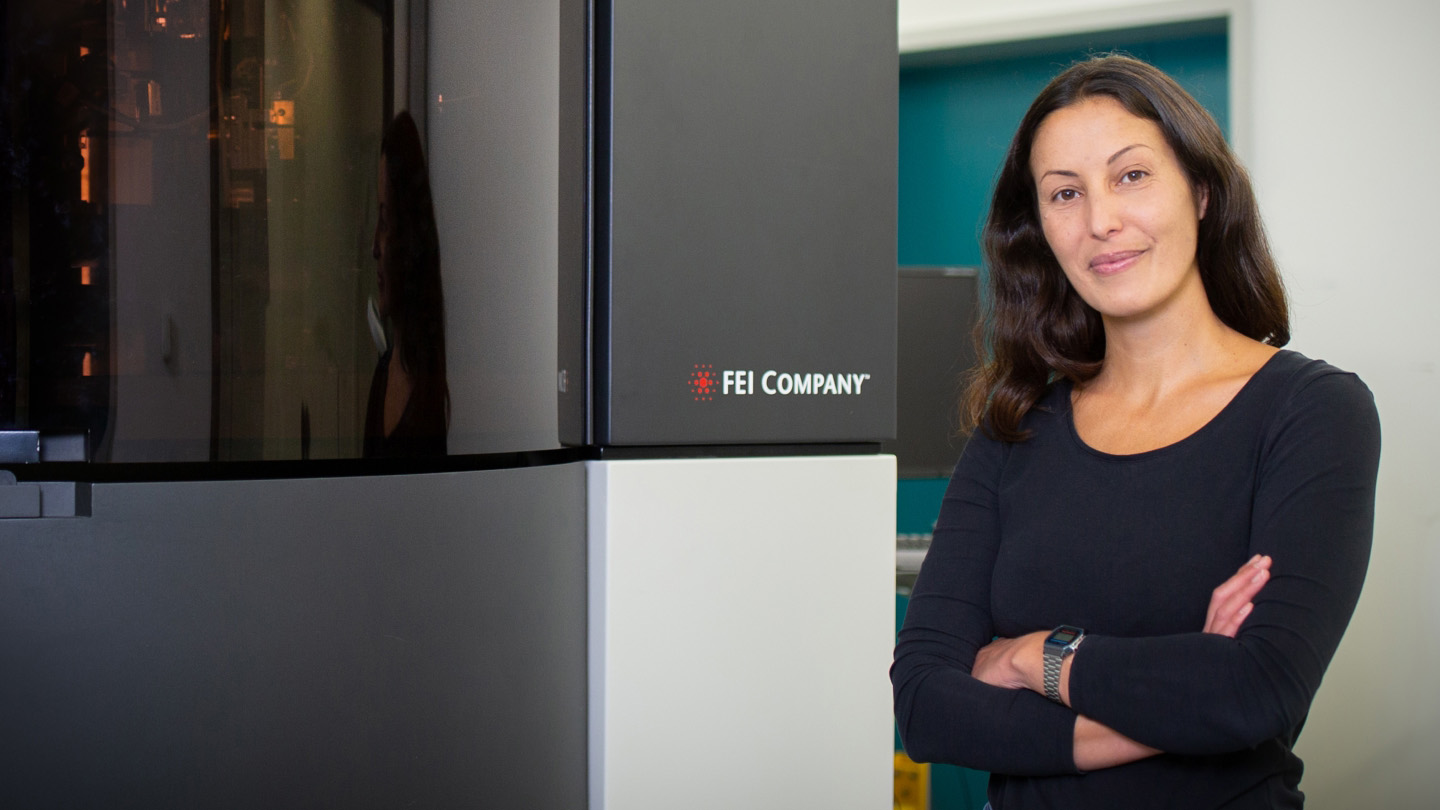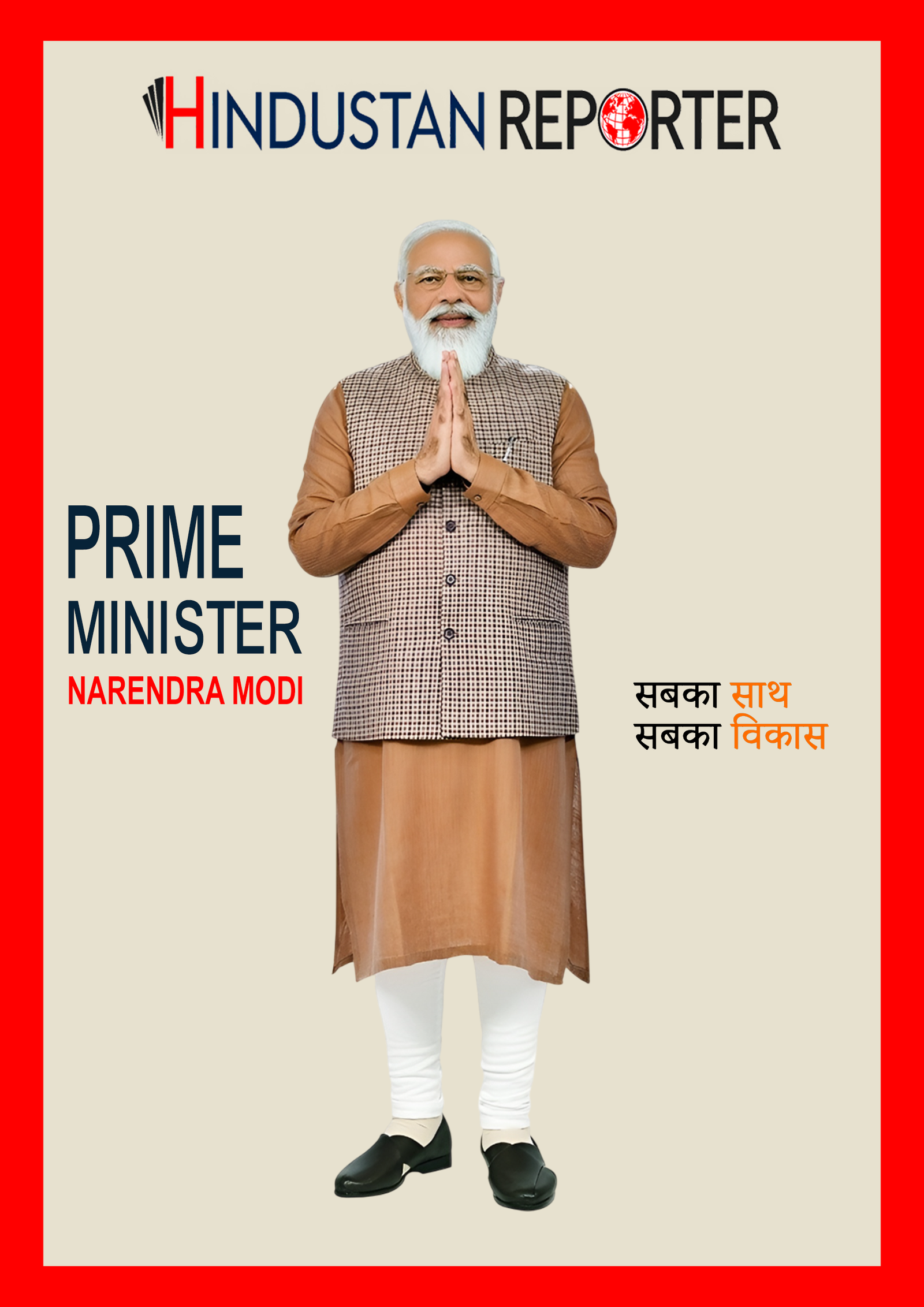Consider coming up with a brand-new hue that has never been seen before. Dr. David Baker, a biochemist, received part of the 2024 Nobel Prize in Chemistry for accomplishing a comparable feat with proteins rather than colors. He and his team have generated compounds that have never been found in nature by creating new proteins from the 20 naturally existing amino acids. These molecules may find applications in sensors, nanomaterials, medicines, and vaccinations.
Billions of proteins, the fundamental units and workers of cells, can be found in a single human cell. These proteins are responsible for almost every aspect of cell activity and enable the assembly of tissues and organisms. Proteins work as hormones that signal important body processes, help us see, move our muscles, catalyze energy-producing events, and act as antibodies to help us fight infections. Our study of human biology depends critically on our ability to comprehend their structure and interactions with various cell components.
This field of study is so essential to biology that it has won multiple Nobel Prizes. Christian Anfinsen won the 1972 Nobel Prize in Chemistry for figuring out that the amino acid sequence of proteins determines their three-dimensional structure. For many scientists, this fact ignited an unstoppable quest for knowledge and hope: if the structure of a protein, and consequently its function, could be anticipated from its amino acid sequence, it would fundamentally alter our knowledge of health and illness.
For many years, one of the biggest problems in biology was predicting the shapes of proteins. Rosetta was developed in the late 1990s as a result of preliminary research at the Baker lab. Significant progress was achieved by this computer algorithm in precisely forecasting how proteins fold into their intricate three-dimensional shapes. It was groundbreaking in and of itself, and contemporary versions are still in use today. However, what he did next altered the trajectory of his career and ultimately earned him the Nobel Prize.
The Big Breakthrough: Designing New Proteins From Scratch
Understanding protein structures is appealing in part because it can be used to improve enzymatic digestion of toxic substances or repair damaged proteins in diseases. Baker understood that they could create their own proteins with desired functionalities from start, rather than being restricted to the existing protein repertoire. They could then use the software to determine the amino acid sequence that would enable the creation of this completely new protein.
In a 2003 study, Baker made this enormous discovery using a brand-new protein called Top7 that is completely different from anything found in nature. The dream of using newly made proteins as chemical tools became a reality when this accomplishment exploded the area of protein design.
Biochemist David Agard, the founding scientific director of the Chan Zuckerberg Imaging Institute and the head of the lab at the University of California San Francisco (UCSF), where Baker finished his postdoctoral studies, claims that Baker’s work has virtually single-handedly advanced the field of protein design.
Baker’s lab has been using this method ever since to create proteins that address medical problems. Creating novel proteins that can serve as pharmaceuticals to treat illnesses more accurately and proteins that can serve as biosensors to investigate the relationship between cancer, cancer therapies, and cell signaling are two examples of this. Baker won numerous awards for this effort, including the 2021 Breakthrough Prize in Life Sciences, prior to the 2024 Nobel.
According to Agard, “Protein design has the potential to be transformative in its ability to create custom eco-friendly nanomaterials that will have broad societal impact, in addition to revolutionizing clinical therapeutics.” Baker is the perfect candidate to get the Nobel Prize.
What’s Next After Winning a Nobel?
Creating proteins that can be utilized to help uncover the inner workings of cells at the atomic level is one of Baker’s ongoing undertakings. Baker, a grantee in CZI’s Frontiers of Imaging Technology program, is working with imaging specialist Dr. Julia Mahamid to develop a common term for cryo-electron tomography (cryoET), a cutting-edge imaging method.

Because technique allows researchers to see the structure of proteins in atomic-level detail while preserving the sample’s general cellular architecture, cryoET is revolutionary for understanding biology. This allows scientists to see proteins up close in their natural biological setting, allowing them to identify the characteristics of a healthy cell and potential alterations in disease.
Finding a protein (or collection of proteins) of interest is difficult due to the cell’s density and complexity, making it like trying to find a needle in a haystack. The partnership uses Baker’s strength in protein design and Mahamid’s well-known cryoET expertise to shine a light on the needle. They are doing this by creating proteins that have the ability to self-assemble into distinctive forms that enable cryoET detection. These proteins that assemble themselves
There has been a longstanding need for a genetic label that would act as a universal beacon in cryoET, just as green fluorescent protein (GFP) is for fluorescence microscopy. The discovery of GFP opened a whole new window into visualizing biological processes within our cells using light microscopy. In fact, Osamu Shimomura, Martin Chalfie and Roger Y. Tsien were awarded the Nobel Prize in Chemistry in 2008 for the countless processes within the cell GFP revealed through light microscopy. However, this type of labeling technique is incompatible with electron microscopy, so developing a universal marker that works simultaneously in fluorescence microscopy and cryoET could similarly propel the field of molecular cell biology forward.
“Their work is critical to the field of cryoET,” Agard says. “It will combat a long-standing major bottleneck in studying the structure of biological molecules in their natural environment.”
Advanced imaging gives researchers a detailed view of the mechanisms underlying health and disease and — together, with the open sharing through the CryoET Data Portal and CZI’s broader work to understand the mysteries of the cell and how cells interact within systems — can ultimately drive diagnostics and inform new treatments.
Given the potential of Baker and Mahamid’s new technology, perhaps there might be another call from Sweden in the future.

